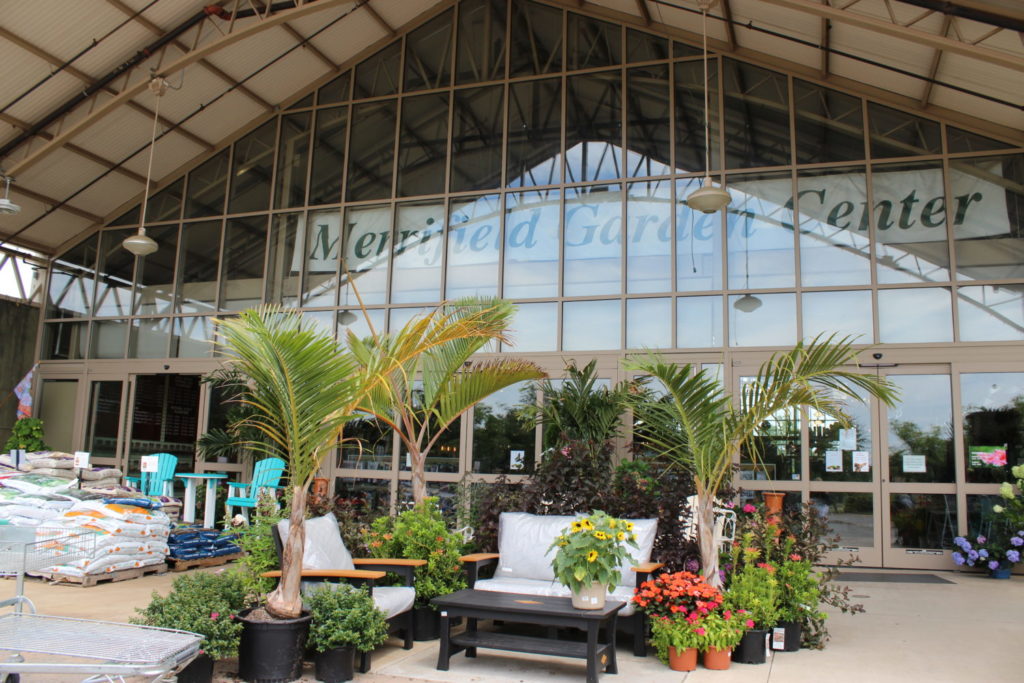
Mastering garden center merchandising

Retail Minded founder Nicole Leinbach will present “The Path to Purchase: What Every Garden Center Needs to Know” keynote at The Garden Center Show, taking place Aug. 8-10 in Milwaukee, Wisconsin. We caught up with her for some of her best advice, trends and inspiration for IGCs.
The old cliche of “stack it high and watch it fly” couldn’t be further from the truth for independent garden centers. Effective merchandising takes much more planning; it’s an ongoing process to introduce your products to customers and help them to make a purchase.
L&GR: What is the first thing retailers should know about merchandising?
Leinbach: Retailers need to understand that effective merchandising helps lead to transactions. If they switch their perspective of the value of merchandising — it’s not just about customer engagement, it’s about driving sales — I think that can really help retailers take a twist of understanding the value of putting effort into it.
L&GR: What are some common merchandising mistakes you see retailers make?
Leinbach: A lot of retailers don’t understand the importance of strategic merchandising, meaning where things should and should not be in terms of merchandising; they just fill space rather than thoughtfully merchandise a space.
An example I always use of that is the milk example of a grocery store. There’s something called staples and statements; when a person goes to the grocery stores looking for their staple items such as bread and milk, they often have to walk by thousands of other products before they get there. Retailers need to think about the basics of merchandising to effectively merchandise — even the more complex strategies of it all because it really does all tie together.
L&GR: Can you share some cross-merchandising tips?
Leinbach: Cross merchandising is really important. It’s an effective way for businesses to increase their average units per transaction by putting like-minded products in customers’ minds that they need to purchase together —garden products such as decor or gloves or shovels or tools.
When you cross merchandise, you help the consumer better understand what makes sense. If they’re buying one thing, they see that it might make sense to buy something else. It’s a really savvy way for retailers to lead their customers to more transactions.
L&GR: Explain the concepts of refresh, redo and reconsider when merchandising.
Leinbach: Retailers need to refresh, they need to redo entirely, and they need to sometimes reconsider. Refresh should literally be a daily effort.
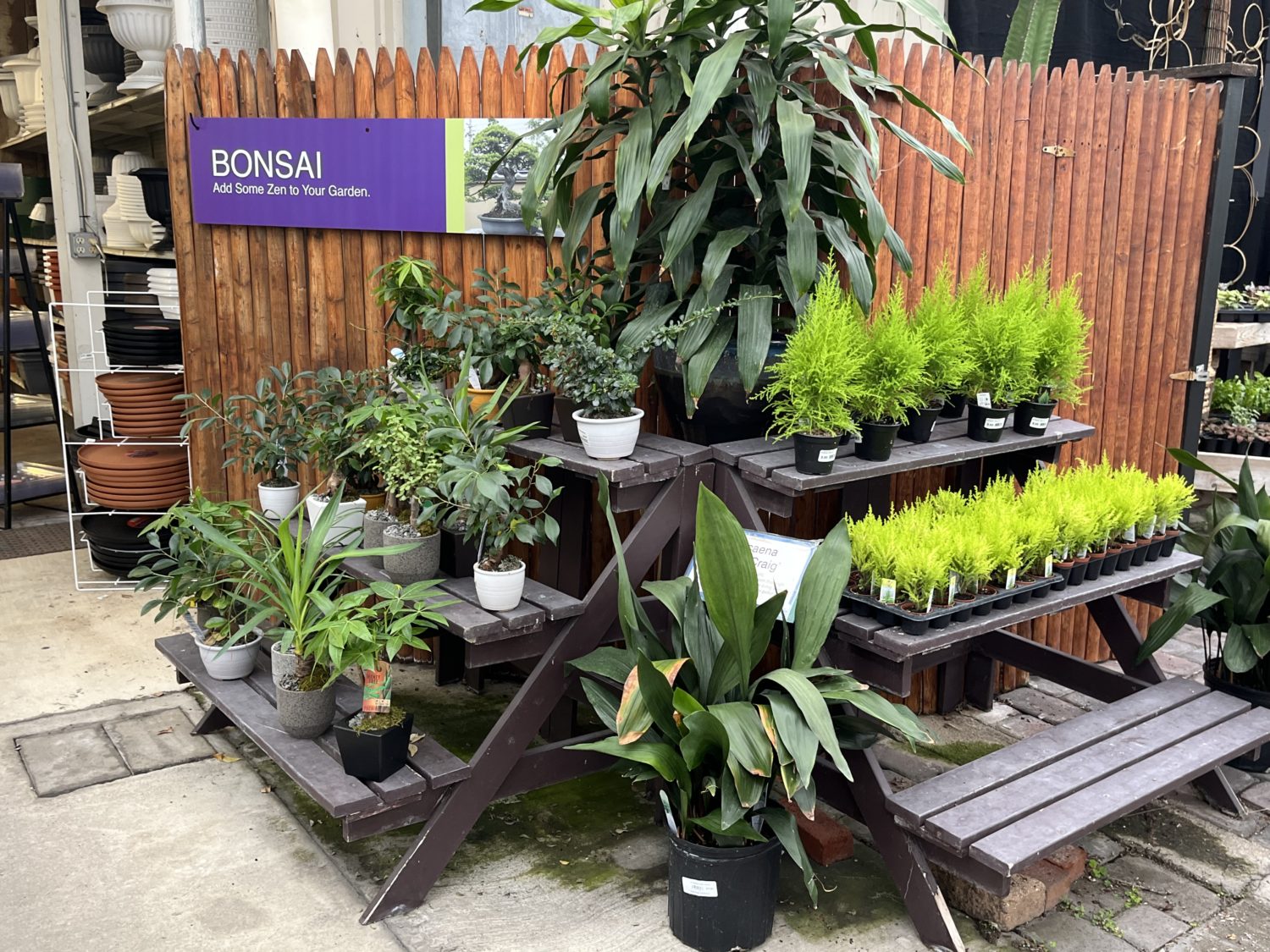
Redoing something is more of a no-less-than-weekly effort. It doesn’t mean you’re redoing everything, but the possibility of having to do something is very much there.
Reconsidering is also something to think about because sometimes your effort of doing something isn’t effective. And if you notice that a product is not selling, then you might need to totally reconsider it and start from scratch.
It is important for merchandising to be part of a daily checklist, but you should definitely be allocating time for it weekly as well. And then dedicate more time to it — at least monthly — for some of the bigger merchandising efforts, like seasonal displays, or if you know you have some inventory coming in that’s going to be a great merchandising time.
On the exterior of garden centers, there are some strategic merchandising hotspots — places where consumers might pause and linger. So you have to ask yourself: What is the value if we were to allocate 15 minutes every morning to refresh that? If you start to look at the data of your sales, taking that time is helping to lead to transactions. I really do believe it should be a daily responsibility at minimum. It doesn’t have to be all day, every day, but your eye should always be available to look at what merchandising is doing within your garden center. I would also encourage people to cross reference their merchandising with their data. See what is selling and how that ties to the merchandising efforts that you’ve done.
L&GR: What merchandising mistakes should garden centers avoid?
Leinbach: Lack of signage is a problem that I’ve consistently seen when I research a lot of various garden centers. Signage should be easily understood by the customer: What’s available for sale, how much is it — any of the details they need to know about the product. The thing about signage is a lot of customers don’t always want to talk to you, so having signage is really important.
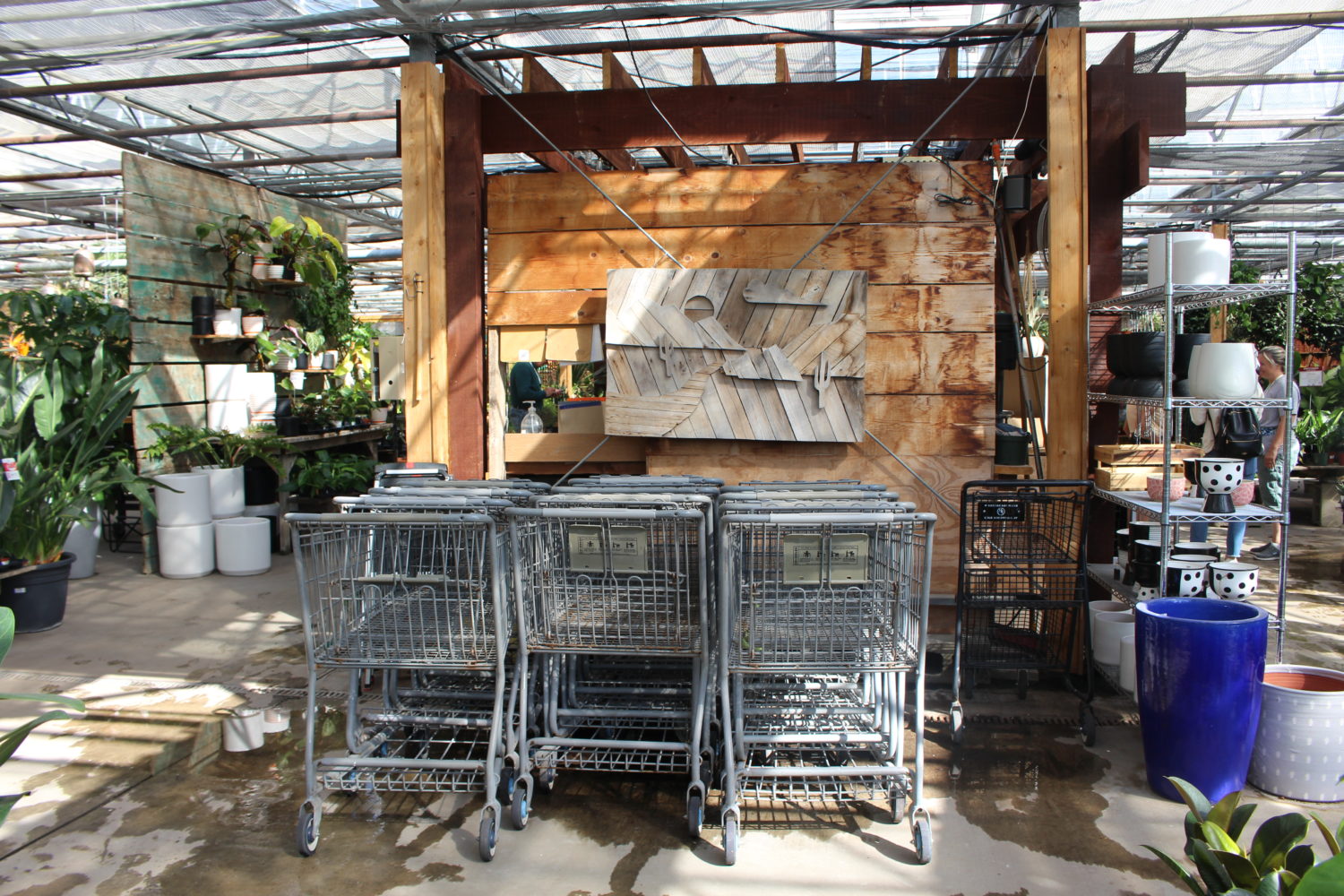
The other thing is having the convenience of push carts, baskets, shopping carts — make sure the customer feels they can easily access a shopping cart, a basket, so that they can comfortably engage with your product and pick out the inventory. They don’t want to feel like they have to ask all the time. I know it sounds so simple, but I really do love it when I see places that say, “Take a basket” or “Help yourself.” Let signage pitch to your customers about the comfort of what they might want to enjoy in your store as well.
L&GR: How can loyalty programs tie into merchandising?
Leinbach: Loyalty programs are really important, and a really big miss in a lot of the garden centers. Give your customer a reason to come back. There are a lot of different ways your signage can communicate what you do to reward your loyal customer.
Leverage merchandising beyond the communication and inventory part of it. Leverage merchandising to be almost like an assistant to yourself, so if you’re the store decision maker, operator or manager — however you define yourself — look at merchandising as an extension of all your roles and responsibilities. If you’re effective at it, it’s going to reward you with its collective experience.
L&GR: What trends in merchandising are you liking?
Leinbach: One of the things I really enjoy is what I call shoppertainment; it’s really an opportunity for your garden center or store. Make your garden center a place of entertainment as well. I live in Colorado, near Tagawa Gardens in Centennial, and every fall they do a really great Fall Festival, and shoppertainment becomes a focus of driving customers into their store. They have face painters, they bring a petting zoo at the back of their space. They have, of course, pumpkins and all those things, too, but they also have craft tables for kids, and families are coming because their kids are going to be entertained. But what happens is they’re walking by a million different things as they’re walking back to that festival space that’s turned into a center of entertainment for them — so they’re spending money. They know that, by going to this festival, they’re also going to make some purchases. I love the shoppertainment idea and concept because it really does keep customers engaged; it gives them something to look forward to outside of maybe just the traditional shopping.
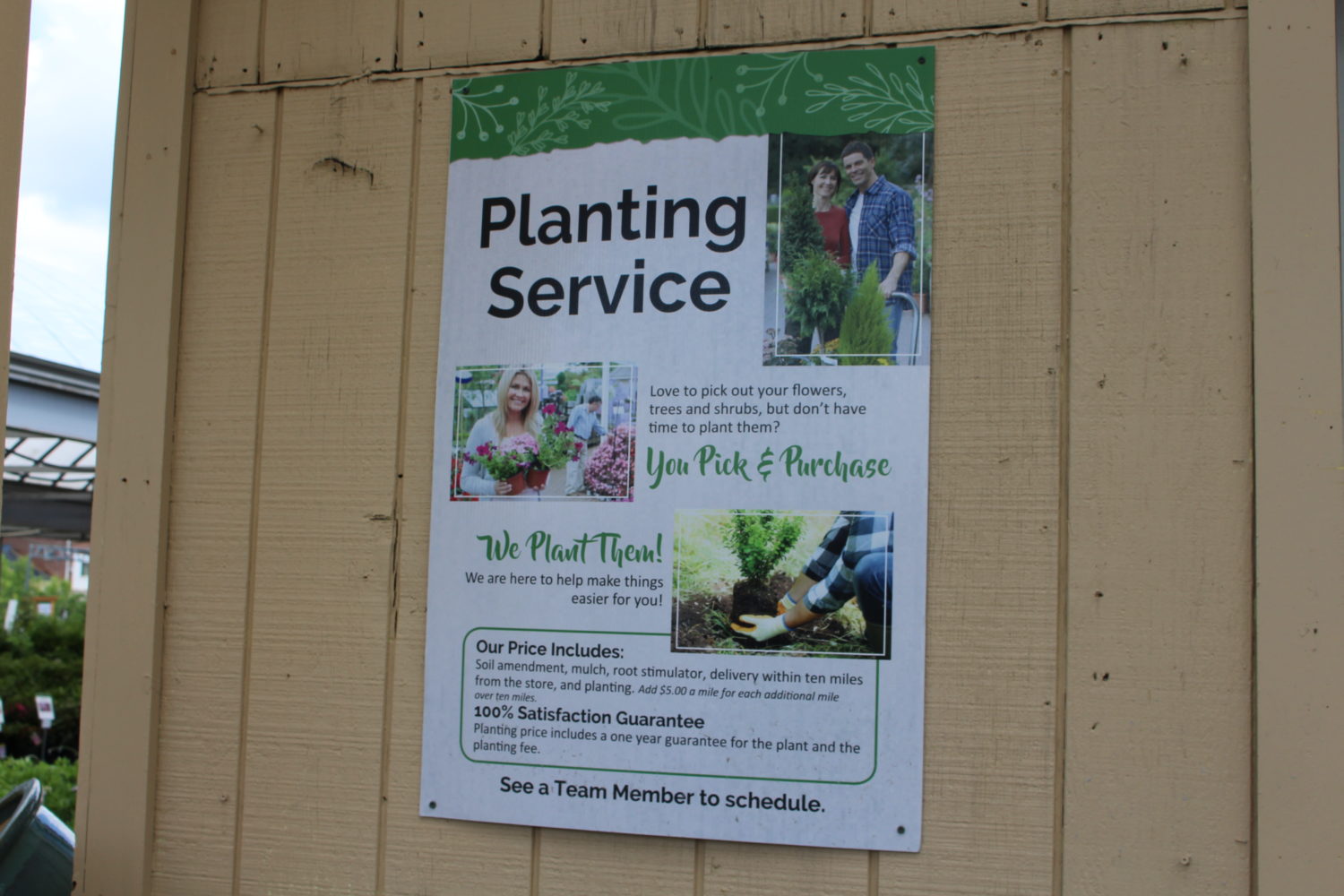
It’s also an opportunity to engage in loyalty programs, too — give out a coupon for a discount on a future purchase. And fall leads up to Christmas, so there’s a lot of drive for this particular thing in the fall.
L&GR: What about impulse buys/merchandising at the checkout counter?
Leinbach: When a customer has already decided they’re going to spend money, make sure you strategically merchandise inventory that is going to be impulsive, affordable and easily grabbable without too much thought. It could be as obvious as a bottle of water, which has great margins, so that’s not a bad thing to be selling at your store. But it also could be something like an ornament if it’s the holidays. Some of my favorite ornaments are from my local garden center — that’s what made me think of it. They’re all nature inspired, so they tie back to the garden. Maybe it is seeds, or maybe it’s a cookbook with fresh garden recipes.
L&GR: Where do you find merchandising inspiration?
Leinbach: I find my most favorite places are those different, one-of-a-kind shops, maybe with two or three locations. There’s a new store concept called CAMP, which currently has nine locations in the U.S. It’s a children’s store, but it has a family focus to it. I find their concept interesting because they actually have two types of stores — they have a traditional store that is just that, with the kids’ toys, but there are things like a slide kids can go down while they’re shopping. They also have a theater concept store, where you go shopping but also you buy a ticket and there’s a whole production, almost like a show that the cast members of the stores perform, as well as more shopping opportunities.
That actually ties back to what I was saying about shoppertainment. I think we’re going to see an increased trend in stores becoming places of entertainment, not just shopping. I think the store CAMP is a good example of that.
For an enhanced reading experience, view this article in our digital edition.

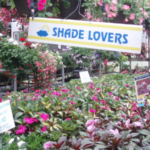

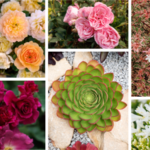


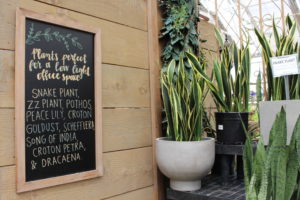
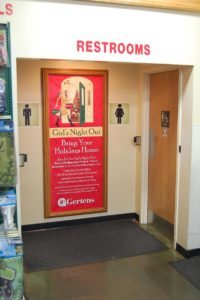
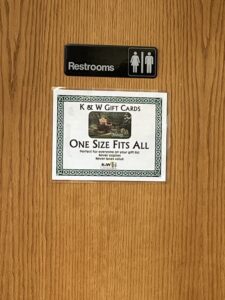

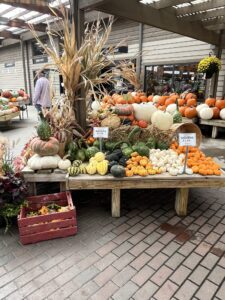

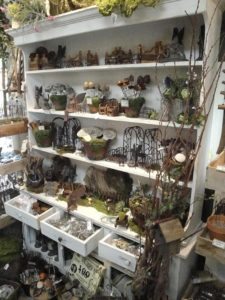
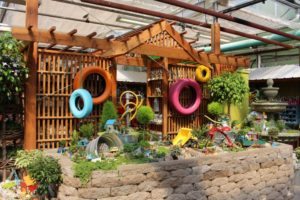
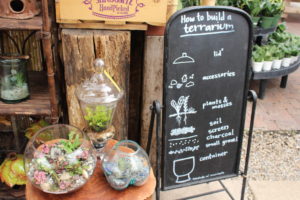
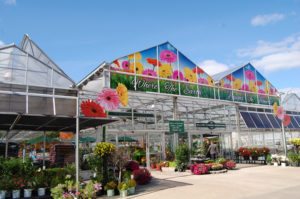
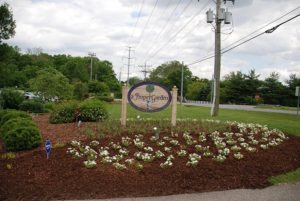
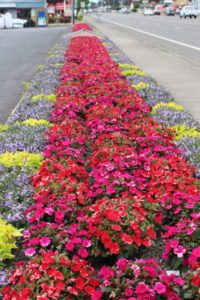
 Videos
Videos





